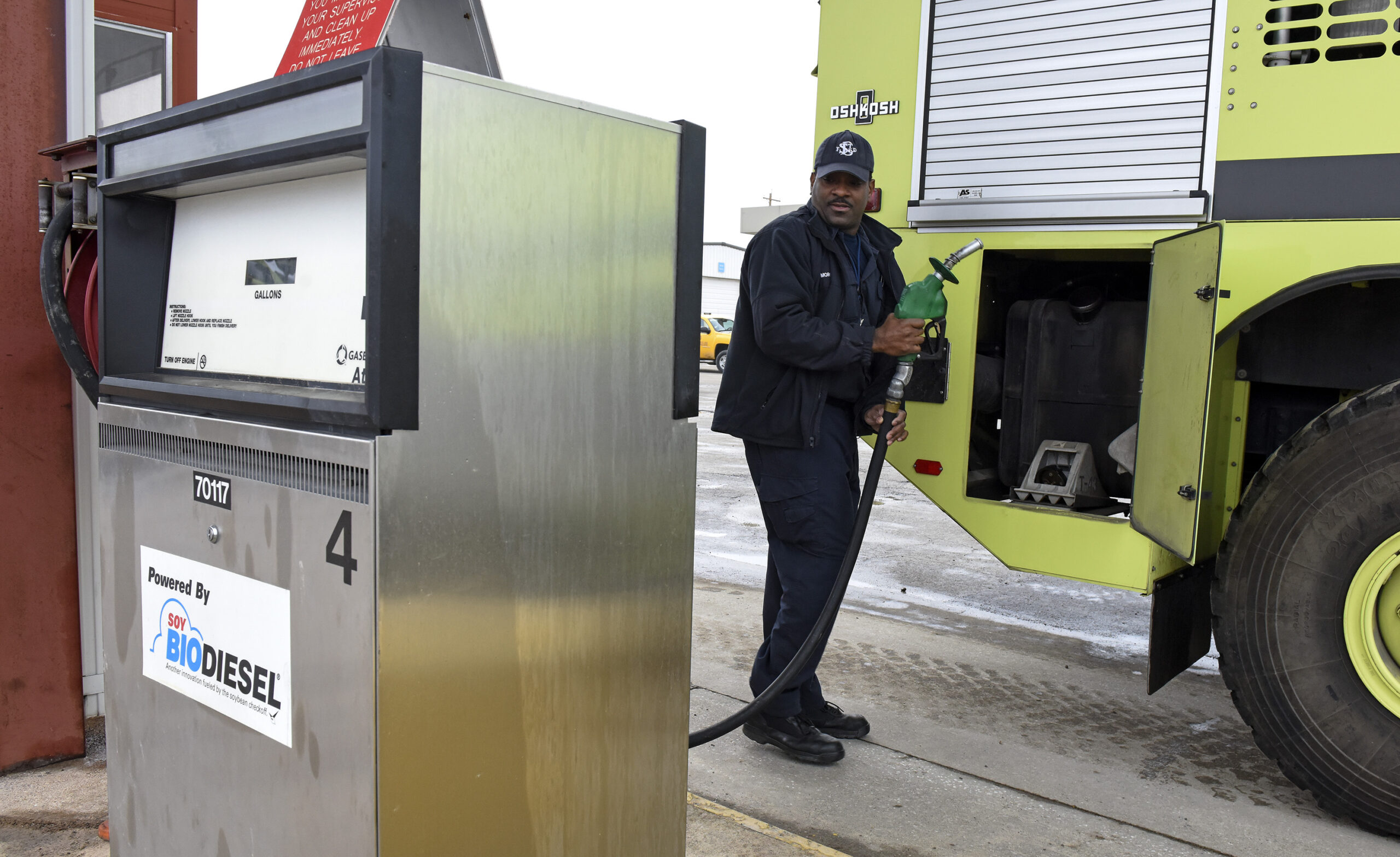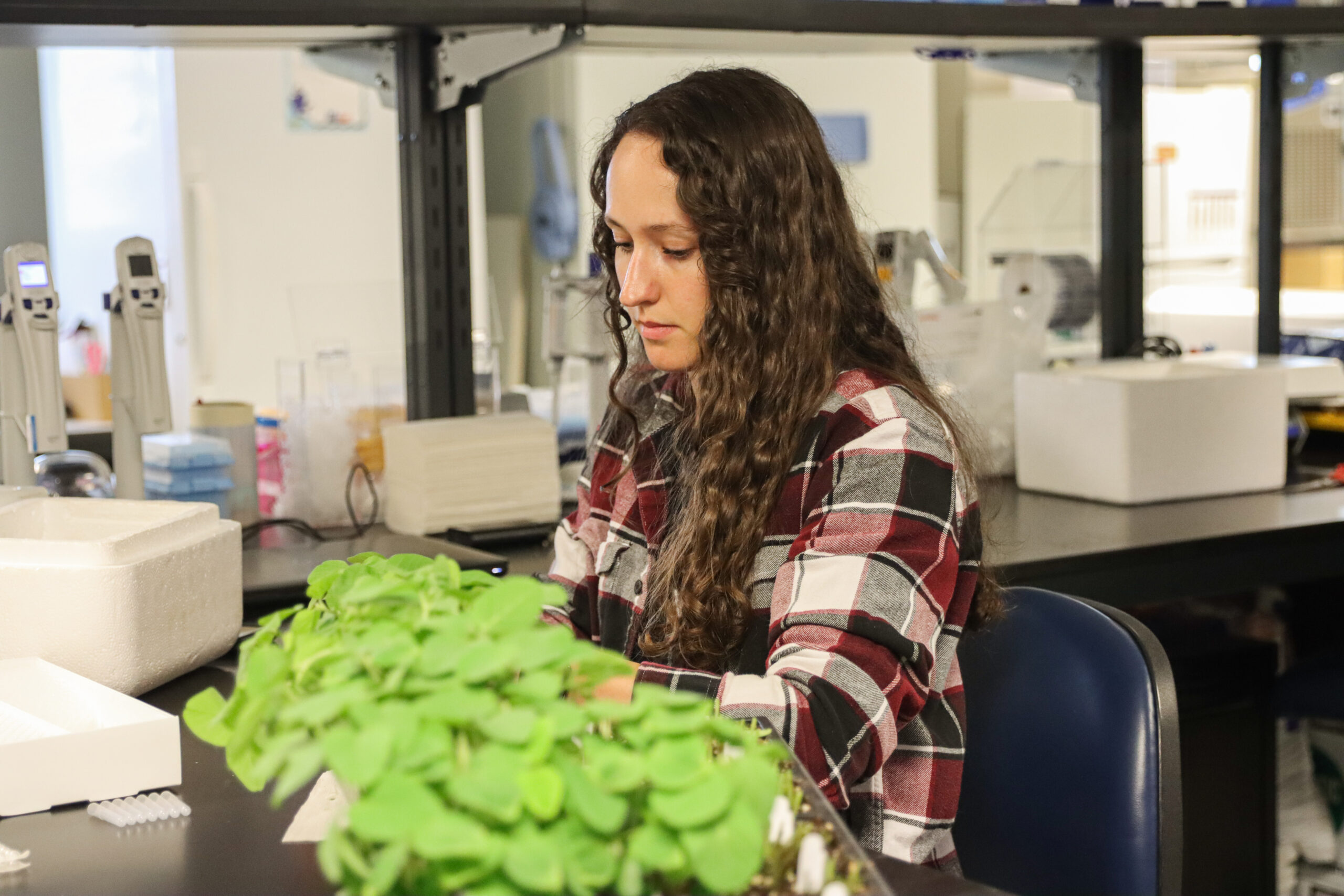Changes are coming to the biodiesel and renewable diesel tax incentive. Through the Inflation Reduction Act (IRA), the familiar $1-per-gallon blenders credit will become a domestic producer credit beginning in 2025. It will be available to a range of on-road and aviation fuels – with higher credit values for sustainable aviation fuel (SAF) – that achieve lifecycle carbon reductions of 50%.
A new incentive for SAF is already available for 2023 and 2024. The IRA updated an existing credit for “renewable diesel used in aviation” to define SAF according to ASTM standard D7566. As with other credits, co-processed fuel – a petroleum mix produced in an existing refinery with 5% renewable feedstock or less – is ineligible. Clean Fuels is working to standardize this definition of SAF across multiple federal and state programs.
In 2023, the U.S. market saw 22 million gallons of SAF available, with more than half produced here at home.
The prohibition on incentives for co-processing is a priority for Clean Fuels. And the method for measuring the lifecycle carbon intensity is also crucial since the value of the credit is tied directly to this score.
The new producer credit for biodiesel and renewable diesel specifies use of Argonne National Labs’ GREET model to measure lifecycle emissions. Biodiesel and renewable diesel producers are familiar with the GREET model, because it is used in state programs like California’s Low Carbon Fuel Standard.
The new SAF credits, however, specify use of the UN International Civil Aviation Organization’s CORSIA model. While this European model is based on GREET, it does not incorporate Argonne’s annual scoring updates. CORSIA was last updated in 2018 and still contains calculations that are a decade old. Through soybean checkoff-funded programs, Clean Fuels has provided Argonne current data from real-world fuel production and modern farming practices.
Under the CORSIA model, SAF made from U.S. soybean oil might be at a disadvantage to fuels from other sources, including imported fats and oils. Clean Fuels has argued that U.S. tax credits should incentivize American producers and farmers. Clean Fuels has also worked with a coalition of biofuel trade groups to advocate that Treasury allow taxpayers to use the GREET model as a similar method to CORSIA.
In early December 2023, the U.S. Treasury and IRS released initial guidance for the revamped SAF blender credit. Taxpayers will be allowed to use a new version of GREET that the Department of Energy is revising specifically for the new SAF credit; this revised model is due by March 2024. Fuel approved under the Renewable Fuel Standard as an advanced biofuel – by definition, achieving a 50% carbon reduction – will also qualify for the base credit.
Agriculture Secretary Tom Vilsack has said multiple times that the changes being made to GREET will enable U.S. crops to qualify. In July 2023, President Joe Biden stated, “Mark my words — the next 20 years, farmers are going to be providing 95 percent of all the sustainable airline fuel.” Clean Fuels continues to meet with DOE and USDA to monitor the developments and will continue to work with Argonne to ensure that GREET accurately reflects the environmental benefits of homegrown crops and fuels.


